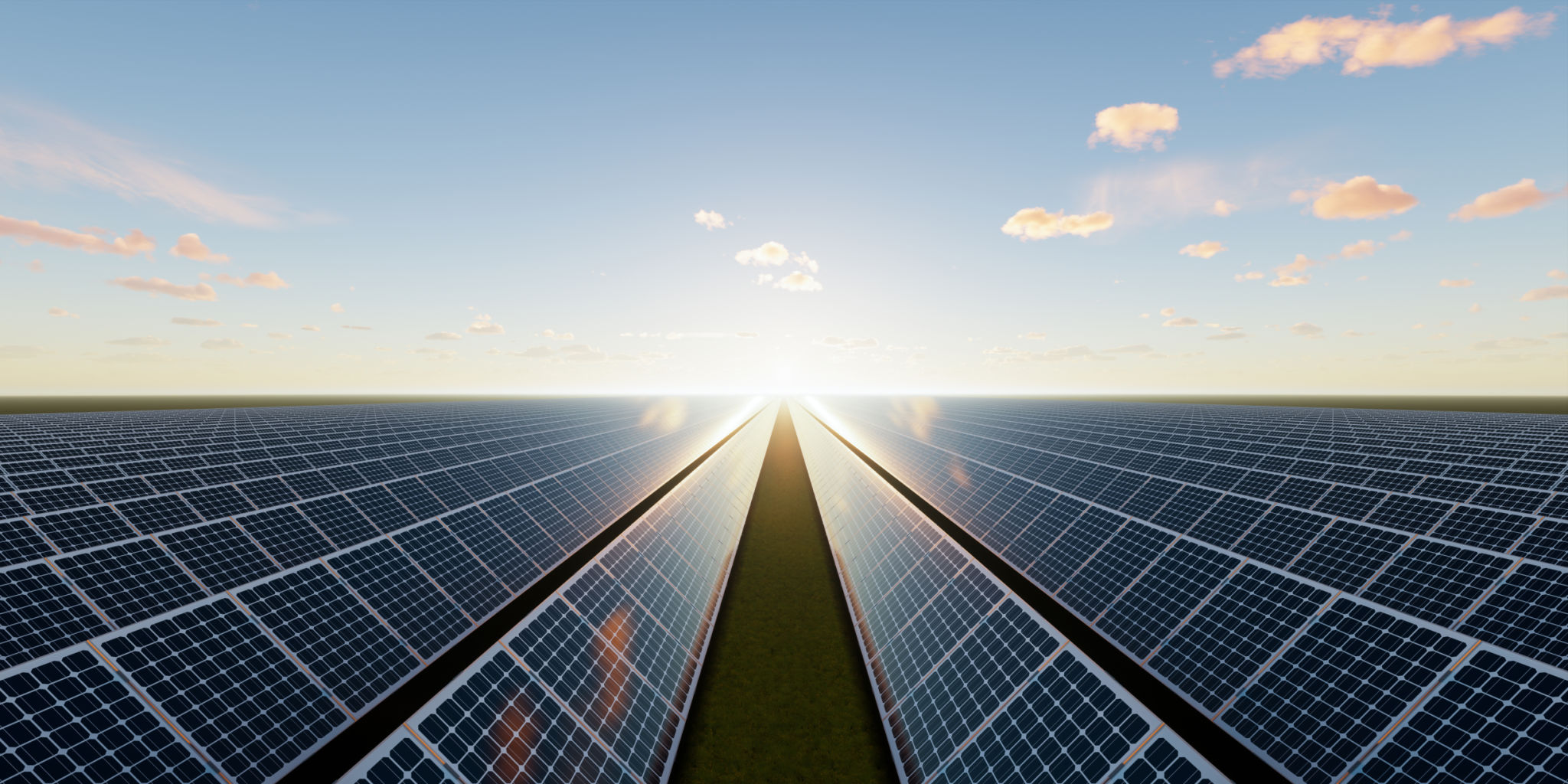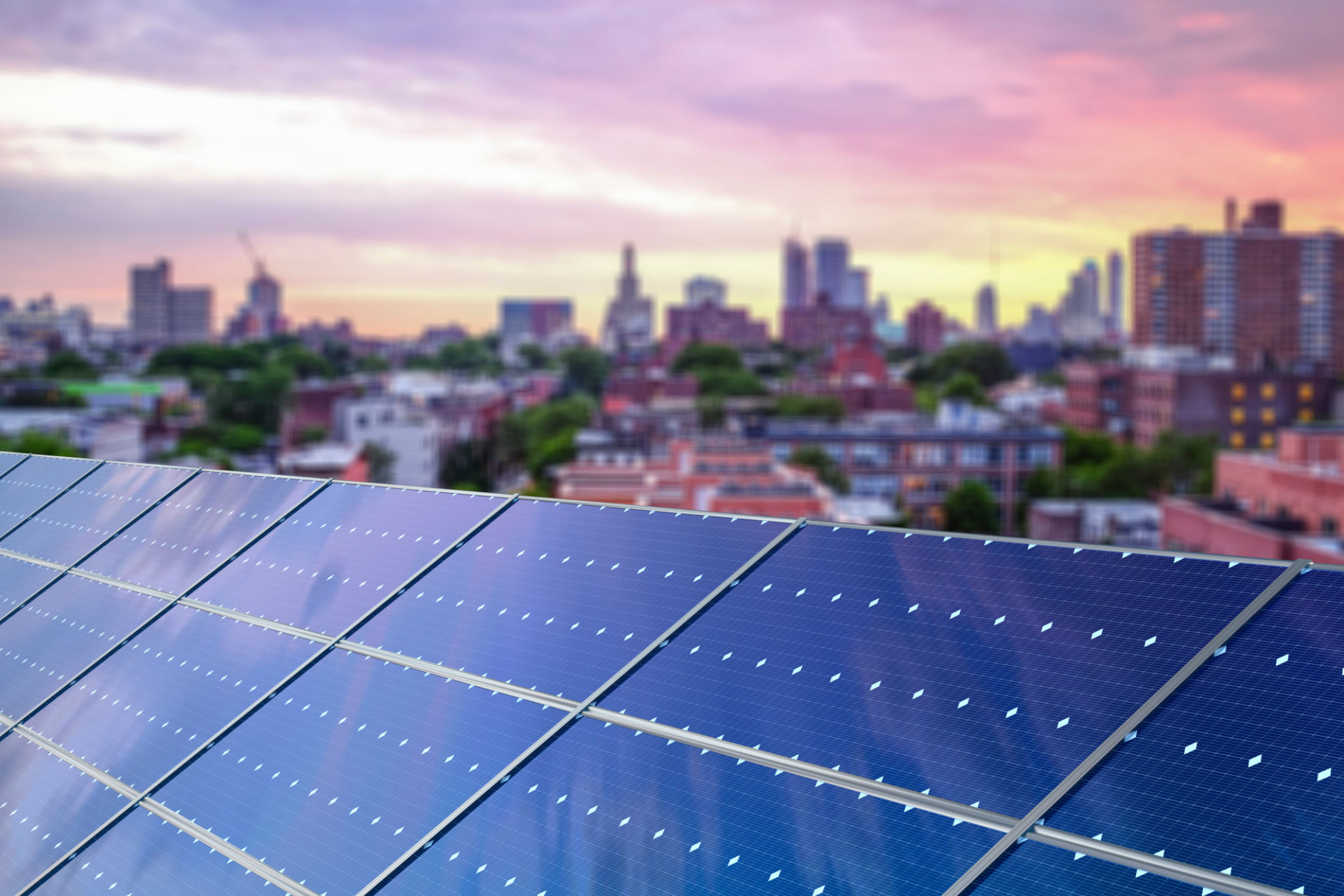Comparing Solar Farms: Which is the Best Fit for Chicago's Needs?
Understanding Solar Farms
As the world shifts towards renewable energy, solar farms have emerged as a prominent solution to meet the growing energy demands while reducing carbon footprints. For a city like Chicago, with its vast urban landscape and commitment to sustainability, selecting the right type of solar farm is crucial. This article will explore different solar farm options and evaluate which might be the best fit for Chicago's unique needs.
Solar farms are large-scale installations where photovoltaic (PV) panels are arranged to capture sunlight and convert it into electricity. They are typically located in open spaces, away from densely populated areas, to maximize exposure to sunlight. The energy produced is then fed into the grid, providing a sustainable power source for communities.

Types of Solar Farms
There are primarily three types of solar farms: utility-scale solar farms, community solar farms, and rooftop solar installations. Each type offers distinct advantages and challenges, making it essential to consider the specific needs and resources available in Chicago.
Utility-Scale Solar Farms
Utility-scale solar farms are large installations that generate electricity on a commercial scale. These farms typically cover hundreds of acres and can produce substantial amounts of energy, which is fed directly into the power grid. They require significant land areas and are usually situated in rural locations where land is more readily available.
While these installations can greatly contribute to Chicago's energy requirements, the challenge lies in finding adequate space within or near the city to set up such extensive projects. Additionally, the cost of transmitting electricity from distant rural areas to urban centers can be substantial.

Community Solar Farms
Community solar farms offer a more localized approach. They are smaller in scale compared to utility-scale farms and allow multiple individuals or organizations to invest in a shared solar project. This arrangement is particularly beneficial for urban areas where space is limited, as it enables city residents to access solar energy without installing panels on their own properties.
For Chicago, community solar farms present an attractive option as they can be developed on underutilized urban lands or rooftops. They provide an opportunity for residents who might not have the means or space to install their own solar panels to benefit from renewable energy.

Rooftop Solar Installations
Rooftop solar installations involve placing solar panels on the roofs of buildings, making efficient use of existing urban spaces. This method is highly feasible in densely populated areas like Chicago, where land for large installations is scarce.
Rooftop solar systems can significantly reduce dependence on grid electricity and promote energy independence for individual buildings. However, their effectiveness depends on factors such as roof orientation, shading, and structural integrity.
Evaluating Chicago's Needs
To determine the best fit for Chicago, it's vital to consider factors such as available space, budget constraints, and community participation. While utility-scale solar farms offer large energy outputs, their feasibility within city limits is limited due to space constraints.
Community solar farms and rooftop installations, on the other hand, provide practical solutions tailored to urban environments. They encourage community involvement and make renewable energy accessible to a broader population. By leveraging available rooftops and underutilized urban areas, Chicago can significantly boost its sustainable energy production.
